Ha Long Bay, Vietnam
Its' coastline is endlessly mesmerizing; rocky sculptures piercing the waterline are irresistible. The city is full of surprises, too--museums, water puppet shows, and a 260-meters-long ceramic mural.
All night long, as we cruised toward Ha Long Bay, the lightning flashed and illuminated our stateroom. We always sleep with the curtains wide open, and last night, we were certainly treated to a wild show.
At times, the entire wall of windows appeared as a web of water droplets, as the hot outside air met the cooler room temperature, causing condensation to form.
Around 5 AM, just as the sky shifted from night to early dawn, Sherpa’s voice entered my dream state. His “It looks just like drifting through rockbergs” mixes with my dreamy attempt to pick up a dinner order that’s been lost. His comment holds more interest than my dream, so I open my eyes. “Rockbergs?” “Yeah, rocks that look like the icebergs we sailed past when we were in Antarctica.” Now I am awake and intrigued. Yes, the ship is maneuvering through a misty landscape of monolithic rocks.
Thunder cracks in the background, while a rooster crows in the foreground. The rooster is more persistent than the thunder—cockadoodle-doing on repeat as we glide past. The light mist transforms into heavy rain, and as we approach Ha Long, the number of ships increases exponentially.
Ha Long Bay has been designated as a UNESCO World Heritage site and is one of Southeast Asia’s most stunning sights. Thousands of dolomite and limestone islands, topped with scraggly trees, rise dramatically from the bay’s waters, creating a tableau of grottoes, arches, and hidden coves.
We have a view of the bridge and one of the cable car entrances. Ha Long has expanded as a summer vacation destination—beaches, water parks, and a huge amusement park dot the landscape in addition to all the rock formations. Although we had originally planned to do a 10.5 hour excurion into Hanoi, a 3 hour bus ride each way plus 1.5 hours for lunch cut substantially into the touring time, so we opted to re-arrange our day and explore Ha Long Bay instead.
A Regent-provided shuttle bus dropped us in the city center near an upscale mall and park. We did some pre-planning, and so we had discovered that there was a nearby city museum. “Quang Ninh Museum: The unique design, close location to the beach, and beautiful surroundings make this museum a must-visit attraction in Ha Long.”
We were only half a mile from Quang Ninh Museum, and the walk was along the promenade, so off we went. Everyone we met was friendly, but only a couple of people—a woman at the museum info desk and a saleswoman at H&M—spoke any English. It’s amazing how much you can communicate using basic signals.
Standing at the base of one of a trio of massive, gray cubes that make up the Quang Ninh Museum, we could look up and down this boulevard and feel amazement at the lack of crowds. Compared to Ho Chi Minh City’s streets, these were a breeze to cross. Taking inspiration from the color of coal, the museum is entirely clad in black glass panels that reflect the bordering Ha Long Bay.
A delightful surprise, this preschool class was visiting the museum at the same time we were, and we saw them throughout our visit. They reminded me of our four-year-old granddaughter—I kept imagining Cora visiting a museum with her classmates, holding onto the shirt of the child in front of her. They were having fun until one of the kids forgot about the shirt rule and wandered off. Then there was a bit of pandemonium until order was once again restored.
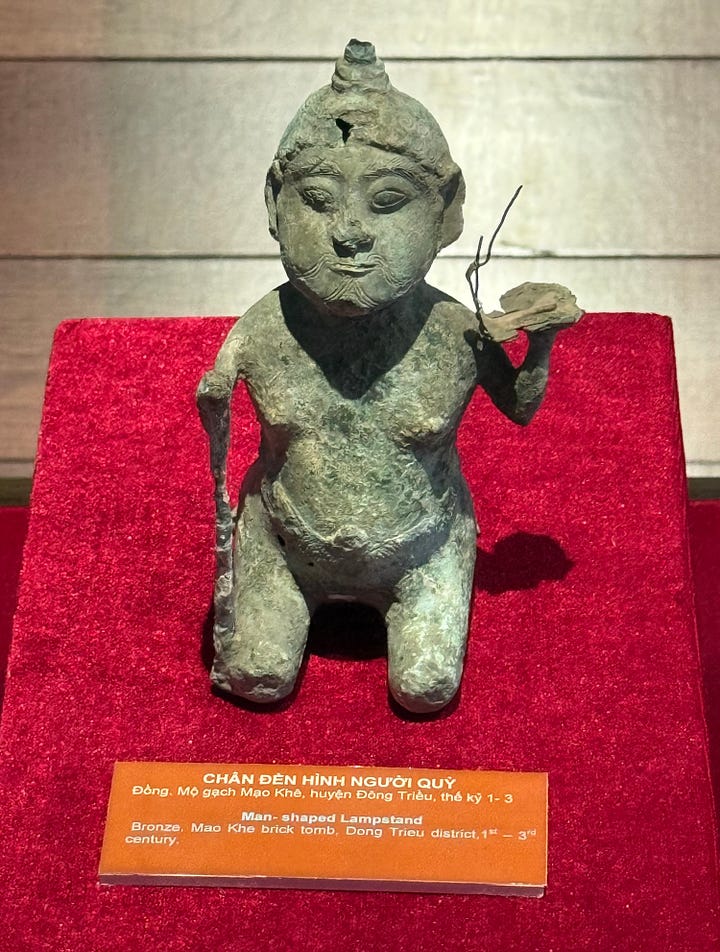
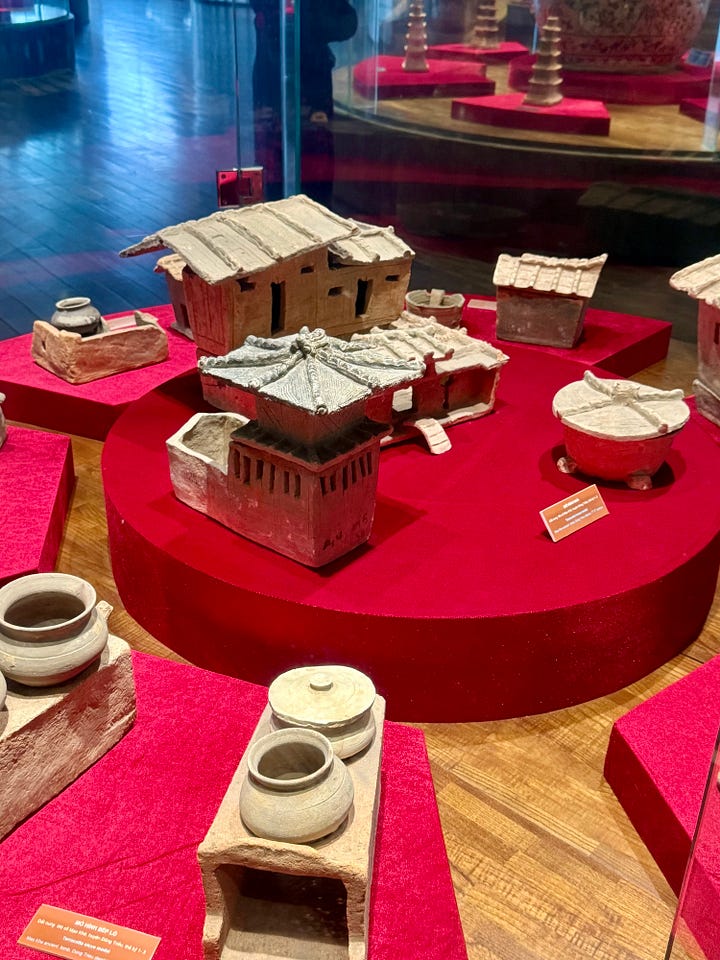
The museum exhibits span three floors: the first floor features natural history, the second showcases ancient artifacts and cultures, while the third highlights the coal mining industry and Vietnamese history.
We spent most of our time on the second floor, and were especially enamored with the gallery of traditional musical instruments.
Several large collages featuring the landscapes of Ha Long Bay and the surrounding region were prominently displayed in the hallways.
We wandered into an art exhibit in an adjacent building showcasing the best work from the last 50 years. Much of the country is preparing for the 50th Anniversary Celebrations of the Reunification of Vietnam, and Sherpa and I surmise this is also part of the festivities.
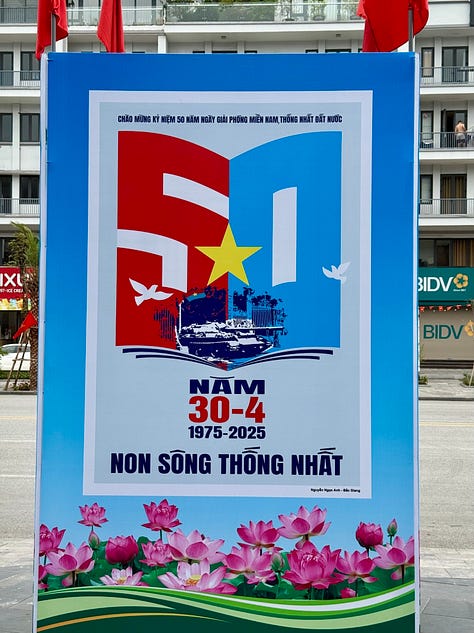
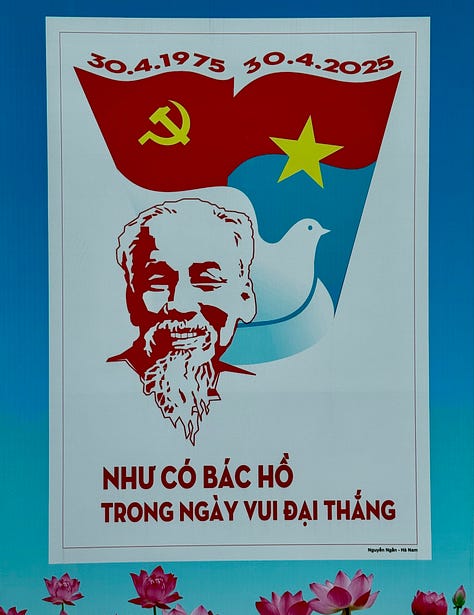
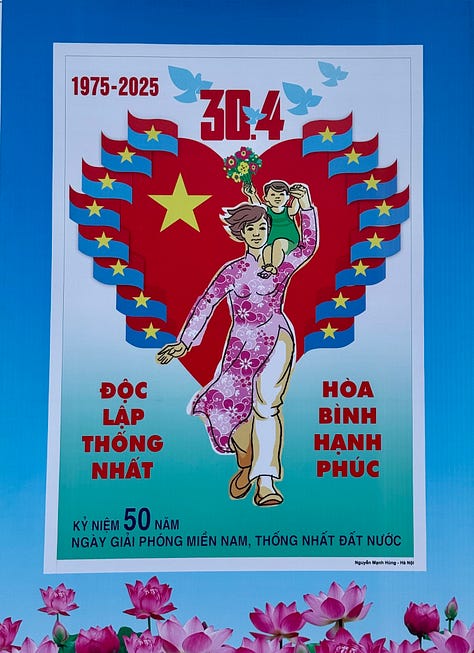
We passed by a small restaurant and noticed a case of refrigerated beverages. Sherpa paused to ask the woman behind the counter if she sold beer. Although she didn’t speak English, she understood the word “beer” and produced two options. Sherpa chose the one he hadn’t had yet, Halong Sapphire, while I chose a Coke, and we sat down amidst the empty tables to drink them.
Soon, people of all ages began to drift in and take a seat at a back table. The woman brought a hot plate along with a pot of broth and vegetables. We realized her family was going to have their noon meal. Oh my, the food! Plates of meat, bowls of rice and fried rice, and platters of vegetables and greens. They all ate, chatted, and then slowly began to disperse, returning to their day.
When it was time for us to pay the bill, I approached the woman with my fistful of Vietnamese dong, asking, “How much?” She pulled two bills from my hand, we bowed to each other, and Sherpa and I went on our way. I did the calculations as we walked towards the mall/shuttle bus stop, and shook my head in disbelief when I realized we’d paid the equivalent of $1.10 USD for our drinks.
Sherpa is 100% in his quest for a destination beer at every port. (We agreed that the ports of call had to have a basic infrastructure to support brewing beer—some people, some buildings, some commerce—so we disqualified Antarctica right from the start.
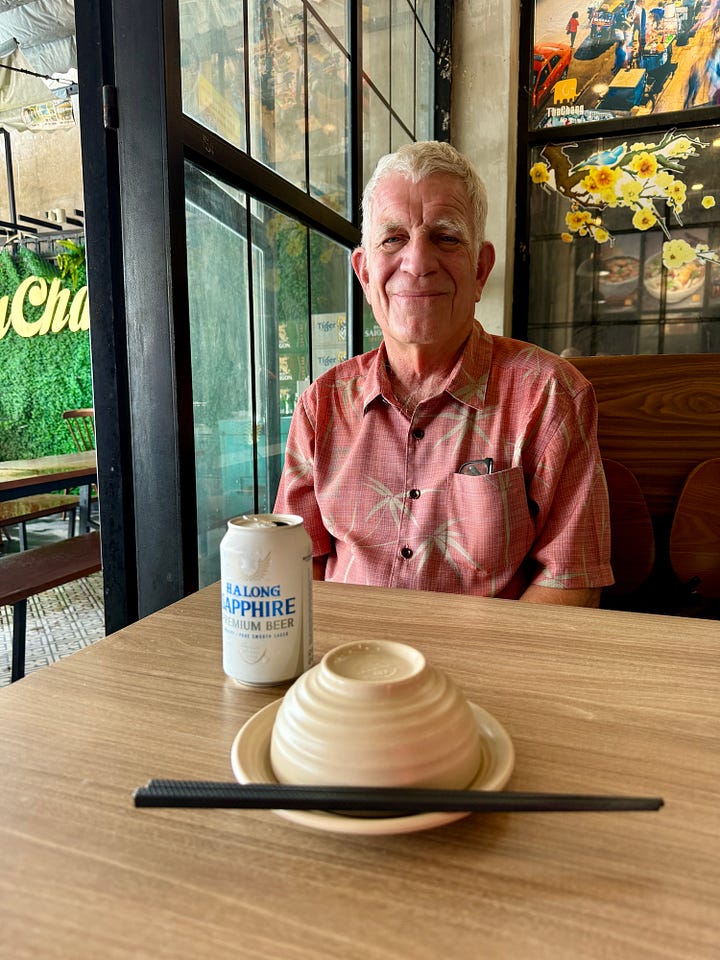

Ha Long Sapphire Premium Beer is brewed by Halong Beer & NGK Joint Stock Company in Quang Ninh province, Vietnam. 4.5% ABV. Sherpa’s Take: “Light golden color, medium body, a modest crispness on the palate. Sour notes and slight tart taste. Lightly malted. Smooth, pleasant and refreshing.” 5.5/10
Birds have not been as easy to photograph and identify as I had hoped. There is a limited database for Asian bird identification, so I can’t count on eBird to give this amateur birder a much-needed assist. However, this Striated Heron was feeding in the shallows of Ha Long Bay, so I got a quick photo with my iPhone.
Low tide. A woman is working along the tide line, gathering clams. The coastline is endlessly mesmerizing; those rocky sculptures piercing the waterline are irresistible.
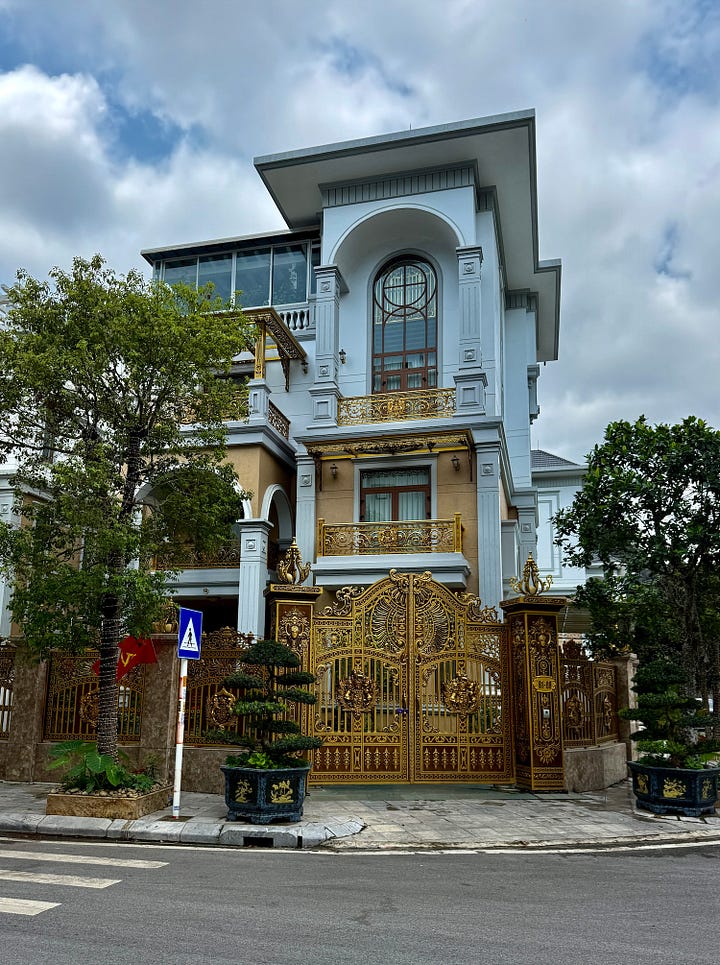
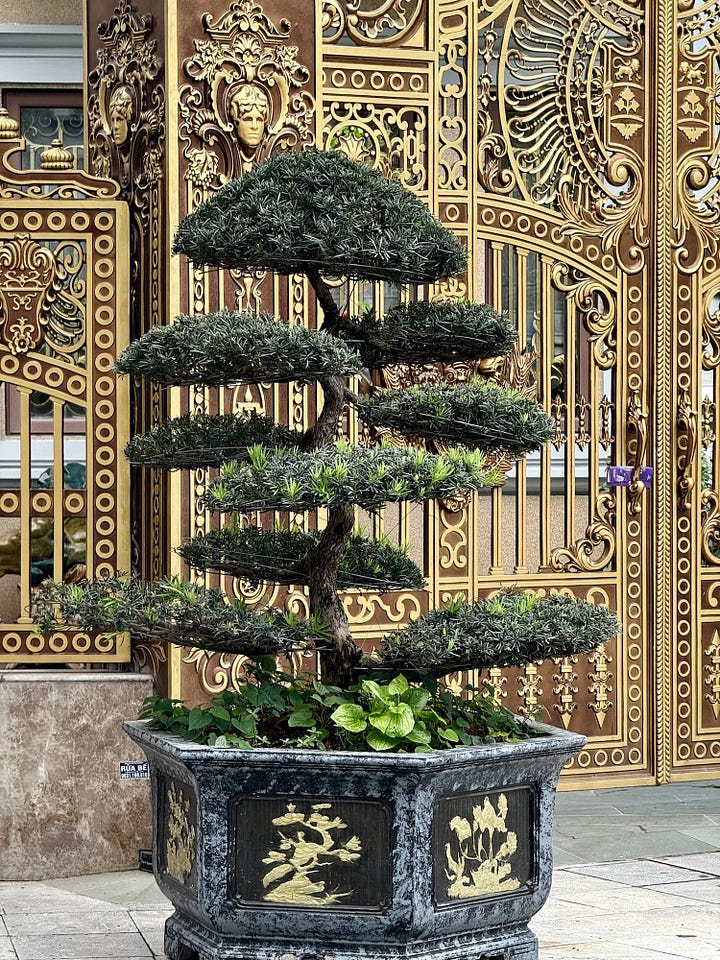
We passed a row of recently constructed houses. Built in a traditional style, with gorgeous metal gates and topiary, they were eye-catching.
We couldn’t figure out why all the trees were in such unkempt distress until our guide for the Water Puppet Show informed us that a typhoon had significantly damaged the city in September 2024, sinking over 50 ships and boats serving the tourist trade. A giant Ferris wheel that stands high on a cliff overlooking the city is without seats—all blown off the metal frame when the cyclone struck. Trees in the parks have temporary supports around their trunks; others have been cut down, and small trees are in pots, ready for transplanting. Considering the storm's severity, we now understand how much work has already been accomplished…and how much more remains to be done.
We returned to the ship in the mid-afternoon, just in time to join the Regent-included excursion, The Water Puppet Show. This was an hour-long traditional Vietnamese water puppet show featuring eight different performances—children swimming, a dragon dance, the four sacred animals (dragon, phoenix, unicorn, and turtle), the ducks and the fox, among others.
The show began with several musical pieces featuring traditional instruments and several dances including this fan dance.
These folks received tremendous applause at the end of the performance. They are the “hands behind the curtain,” the artists who control the puppets by long, underwater poles. Everyone loved this charming show!
Bonus! We passed by this spectacular ceramic art installation while taking the bus from the theatre back to the ship.
“The Quang Ninh — Vietnam Heritage and World Natural Heritage ceramic mural is a massive ceramic artwork that showcases the natural beauty of the local landscape as well as the wonders of Ha Long Bay, a UNESCO World Heritage Site. The mural spans over 260 meters in length and 8.45 meters in height, composed of nearly 56,000 individual ceramic pieces. This ceramic picture flawlessly merges the marvels of the world with images representing Vietnamese heritage. It includes global wonders such as Egypt’s Great Pyramid of Giza, Niagara Falls, Mount Fuji in Japan, the Merlion Statue in Singapore, the Leaning Tower of Pisa, Red Square in Russia, Australia’s Sydney Opera House, the Eiffel Tower in France, and New York’s Statue of Liberty. Key local landmarks featured are Bai Chay Bridge, Sun World Ha Long Park, and the thousands of islands in Ha Long Bay, along with a depiction of Yen Tu Mountain.” —vietnam.net.global
A wonderful artistic send-off as we left Vietnam this evening after spending a week exploring three of her cities and some of her many natural wonders.
Next port of call: Hong Kong.




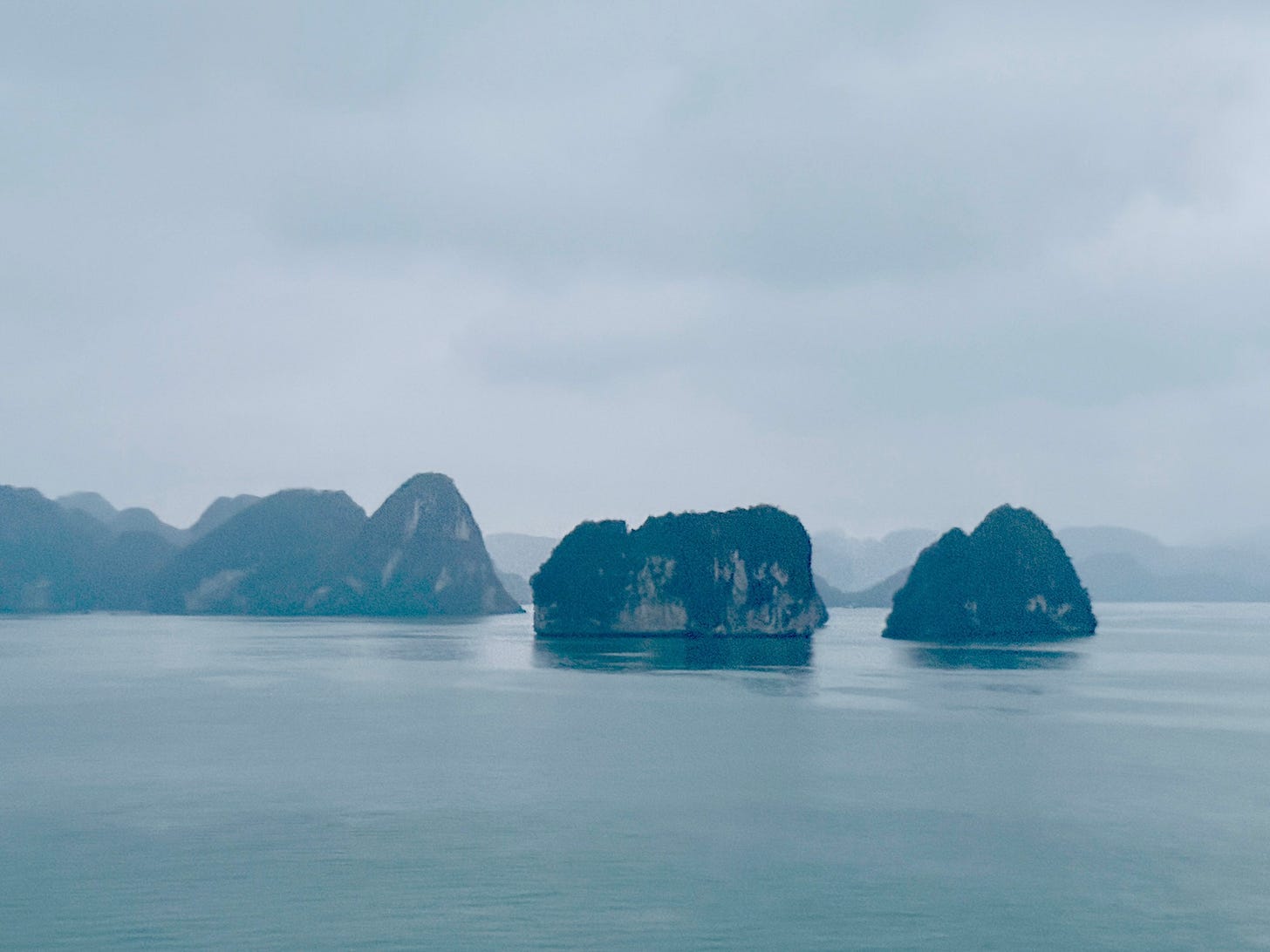

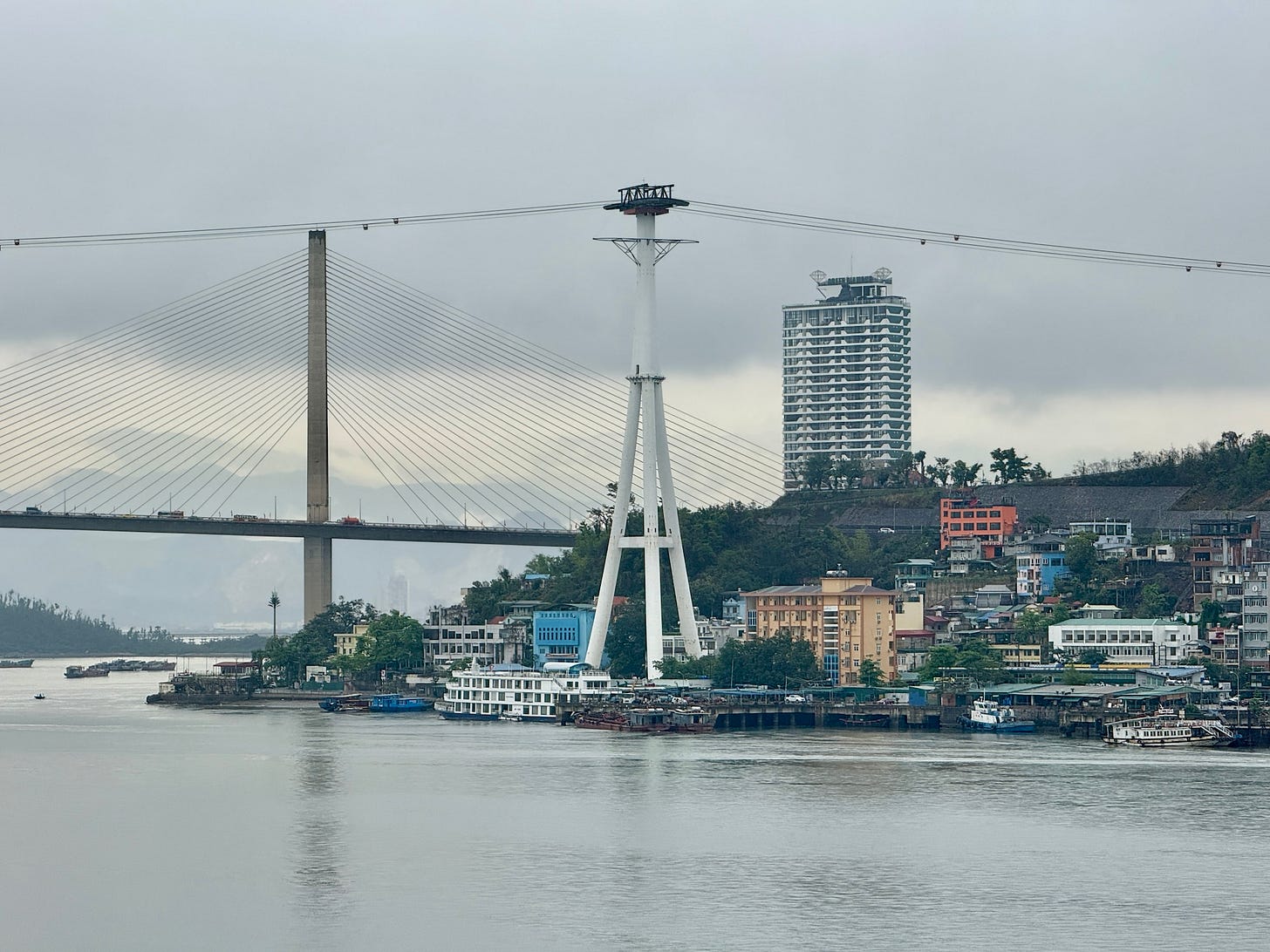
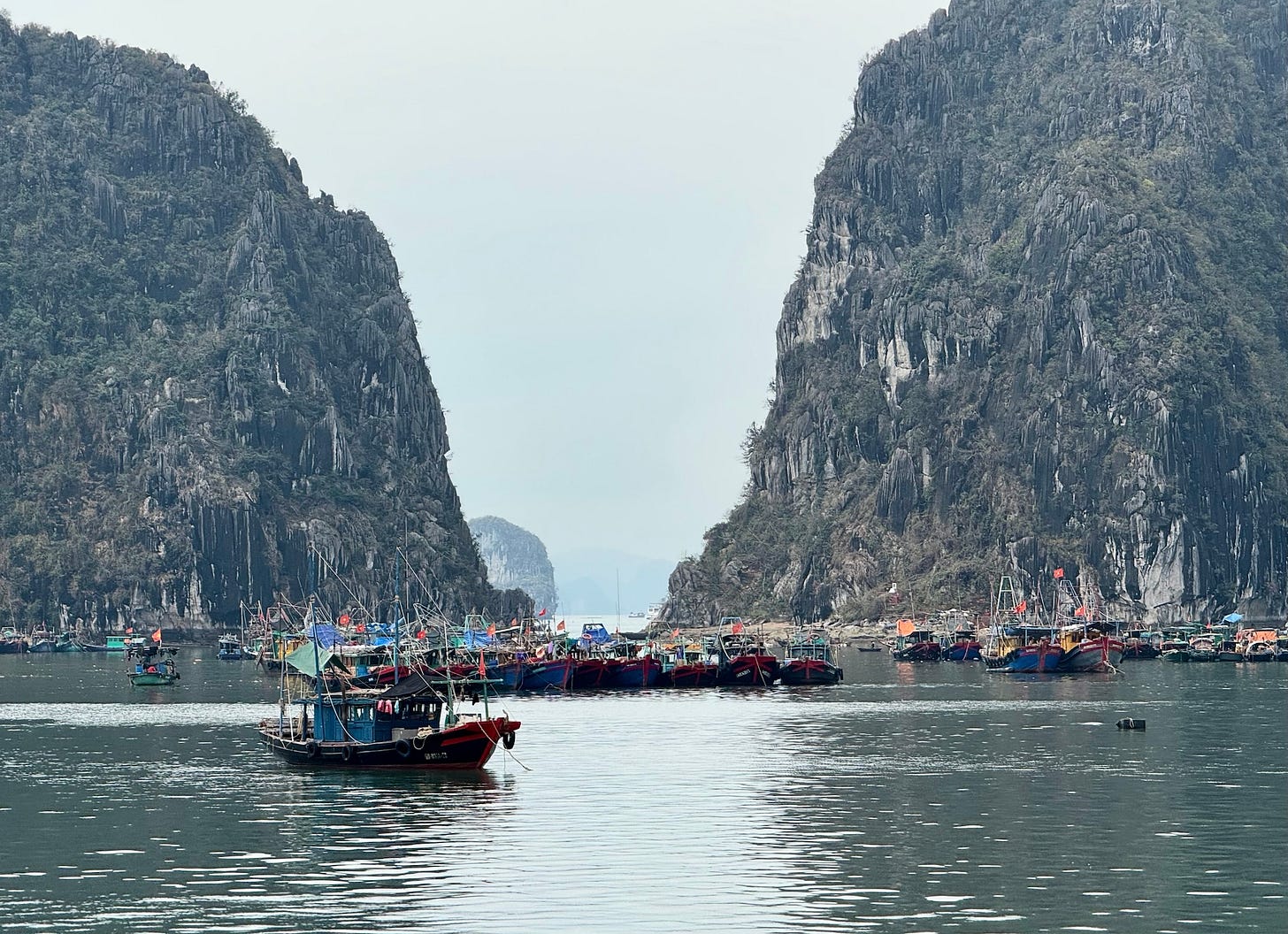
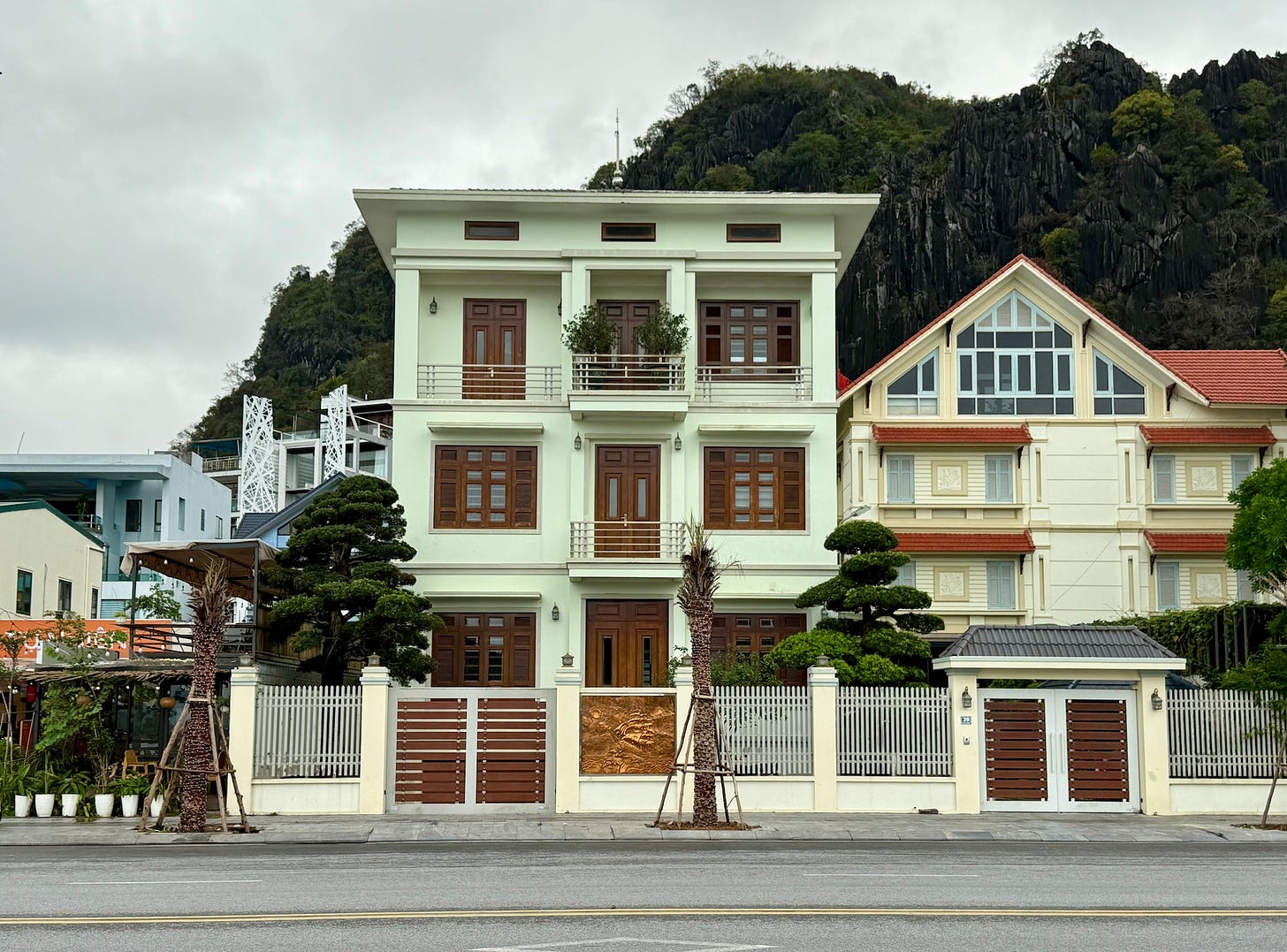

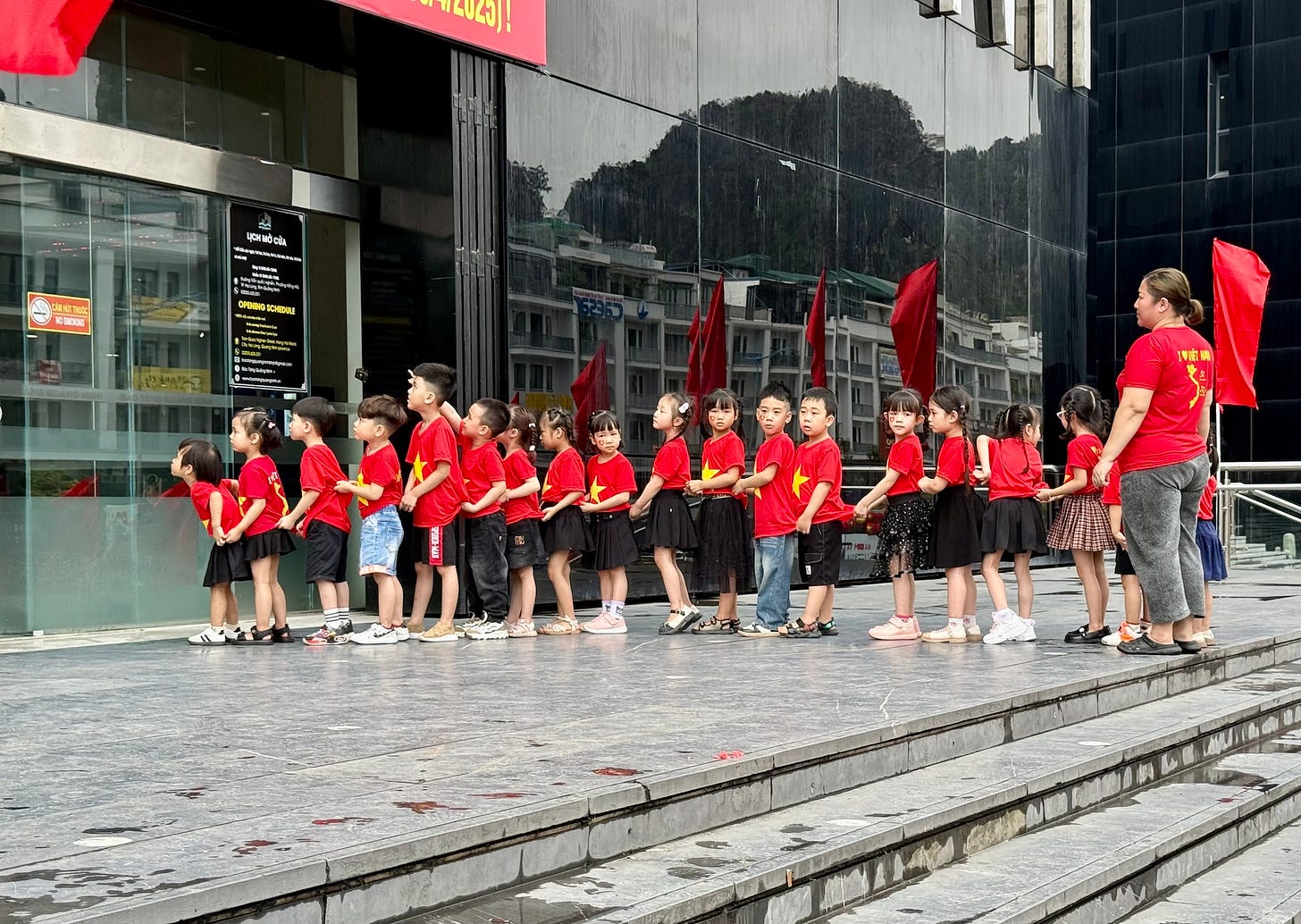

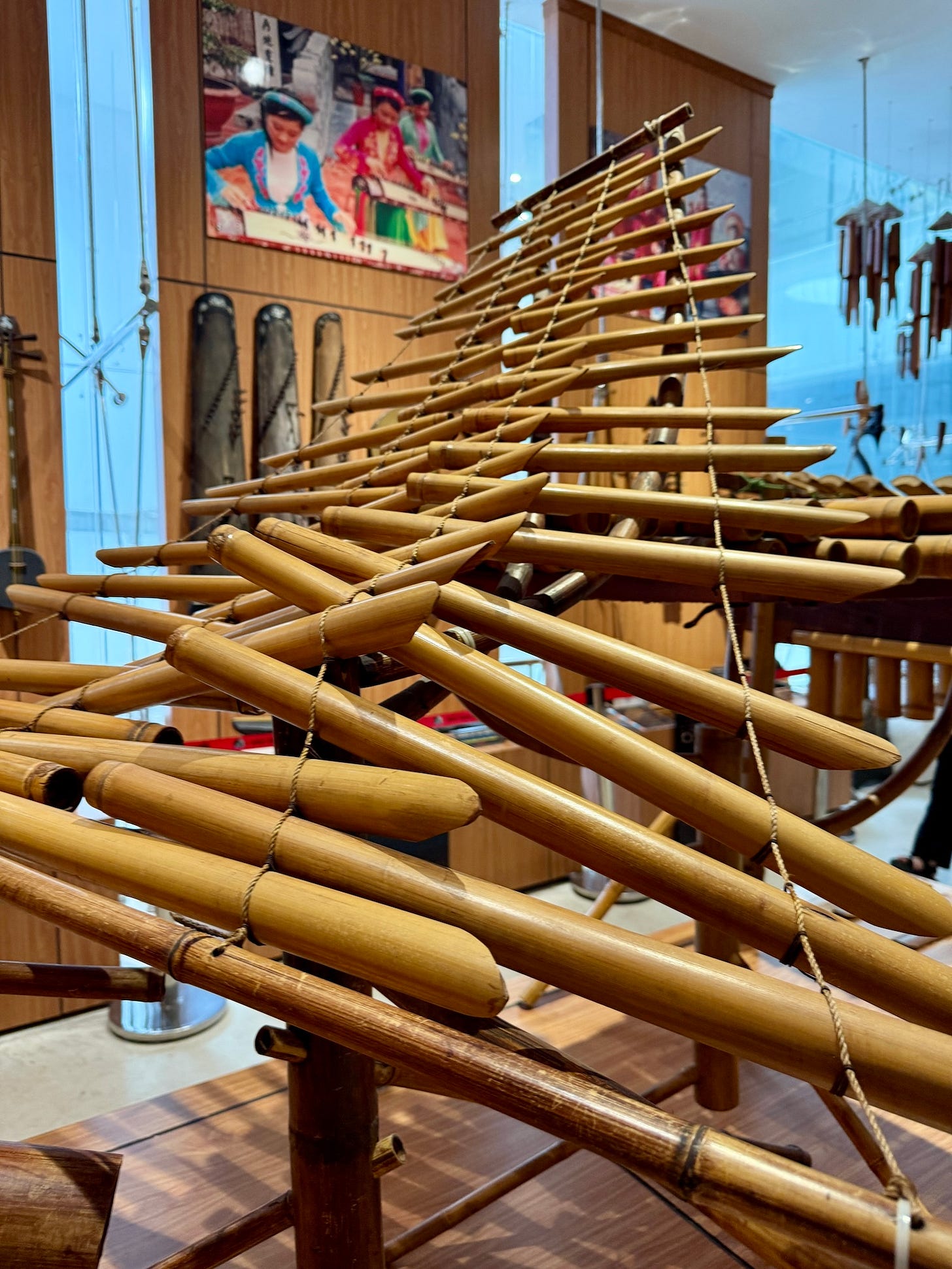
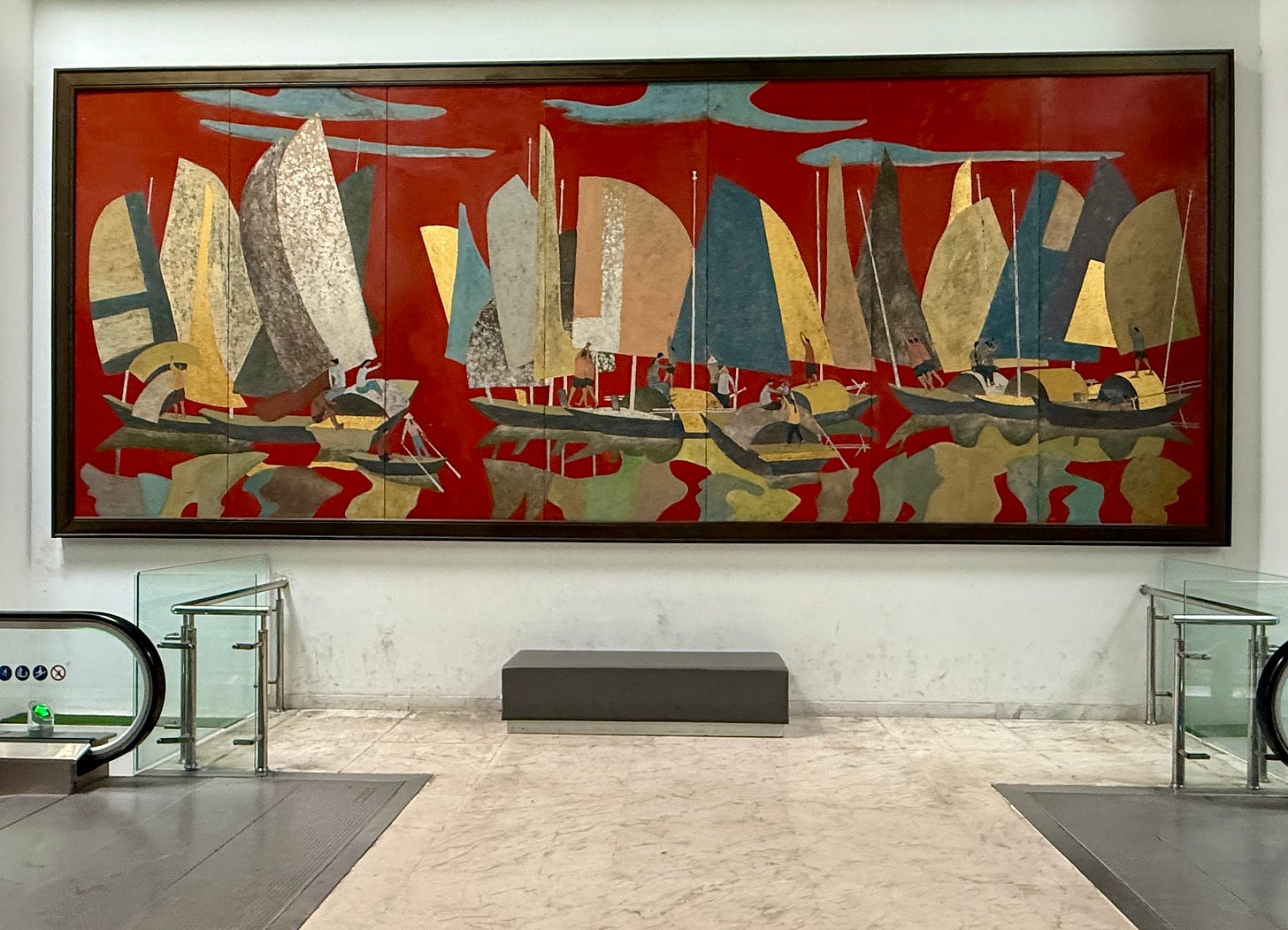




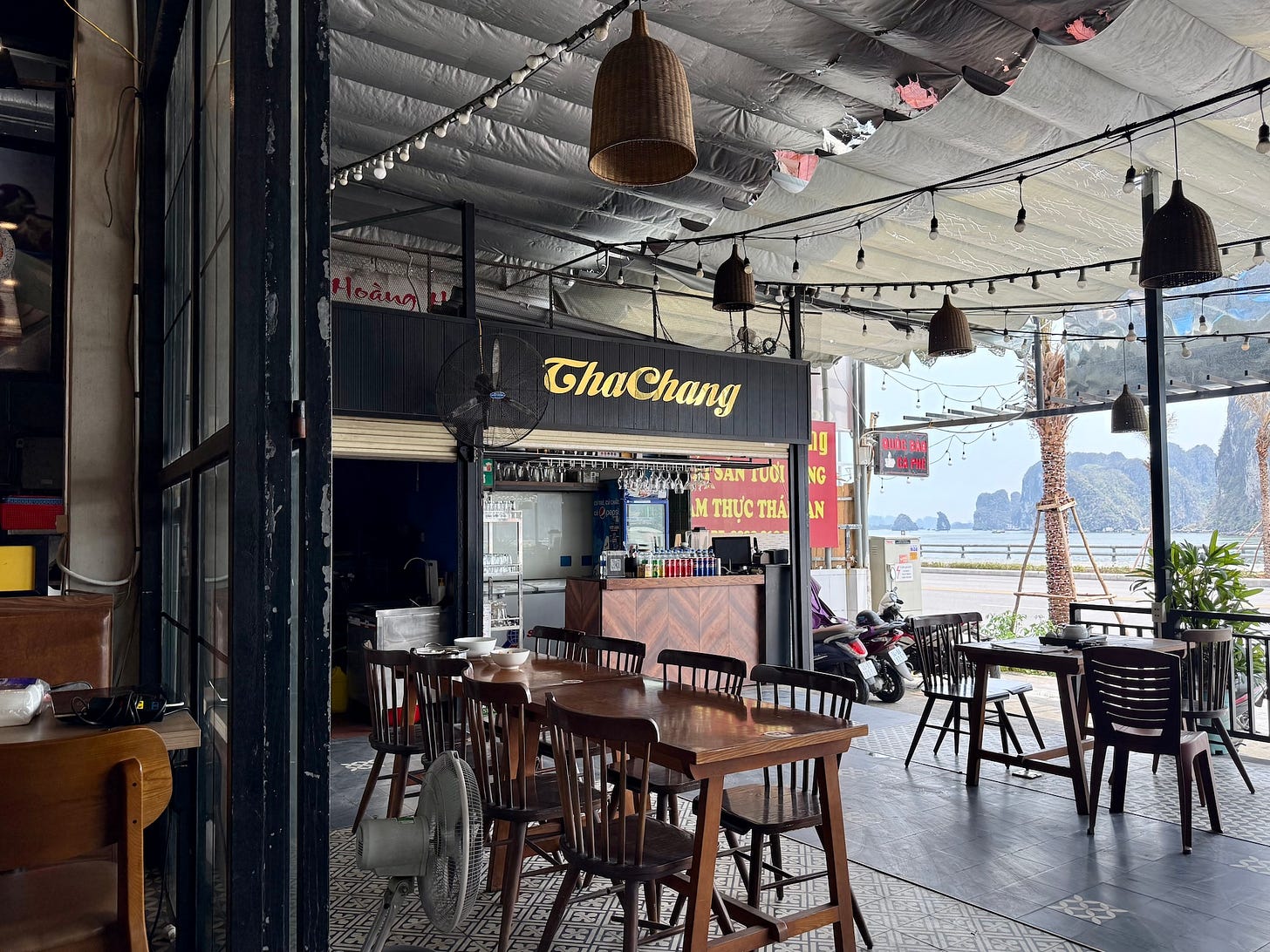
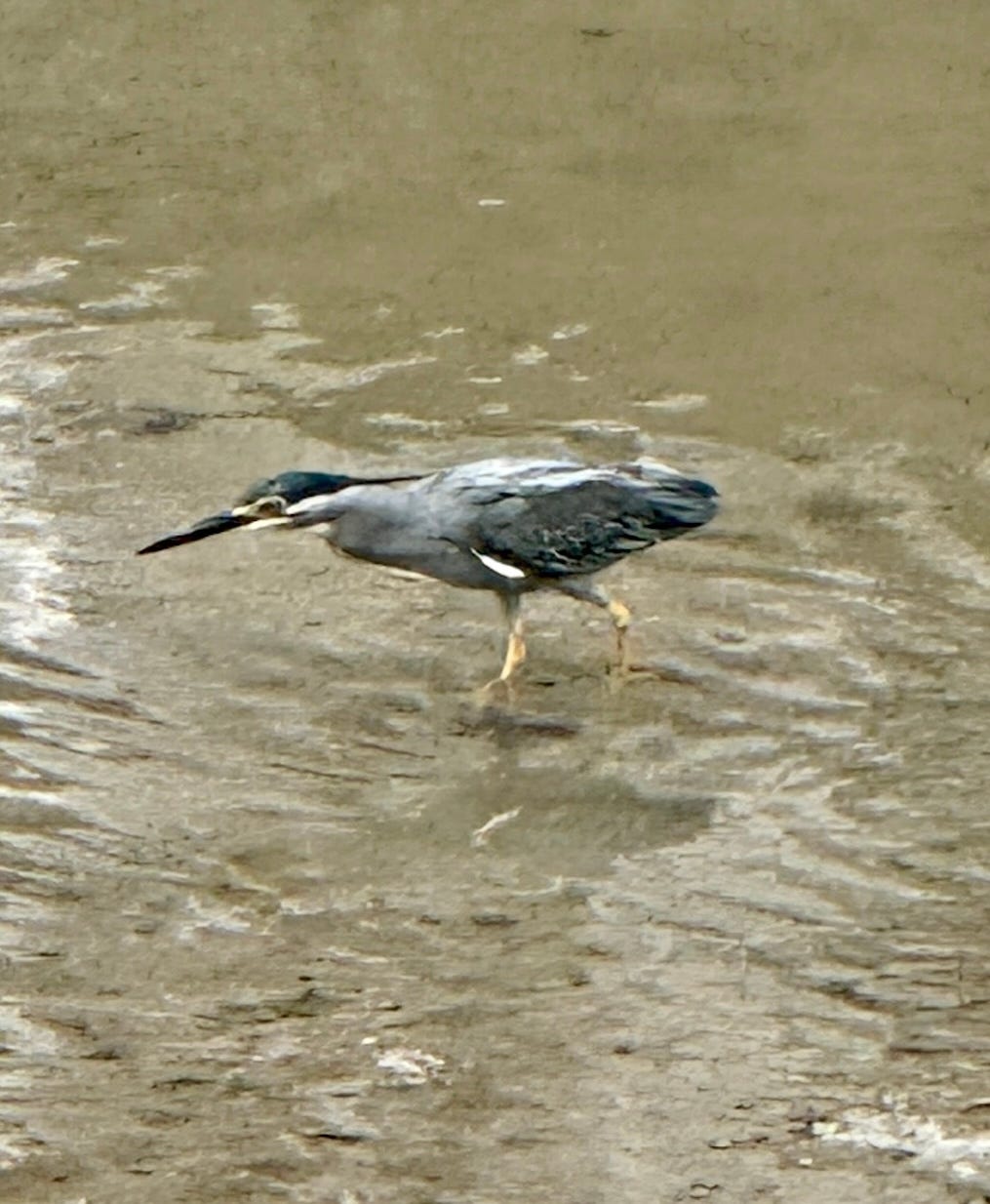
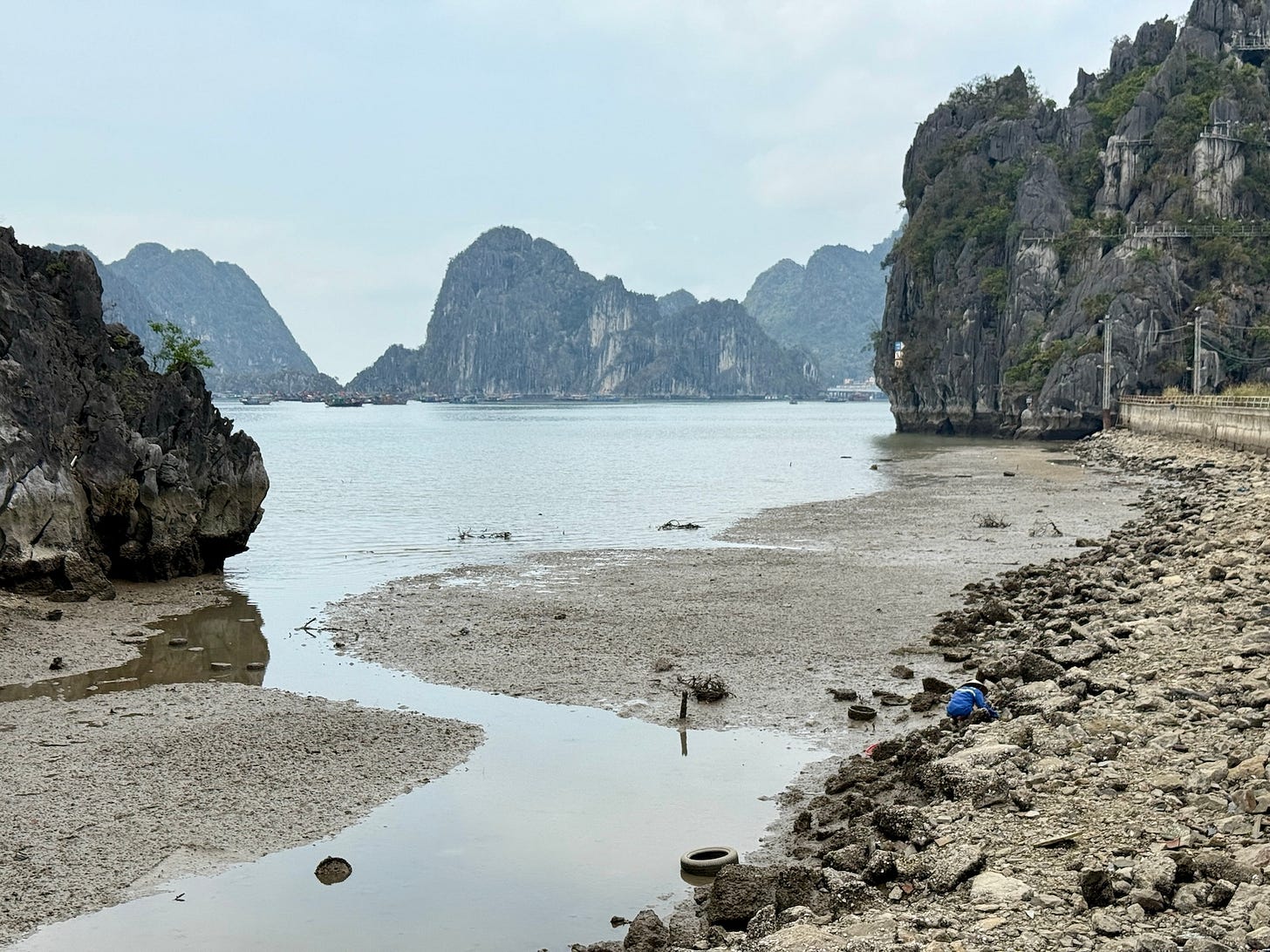

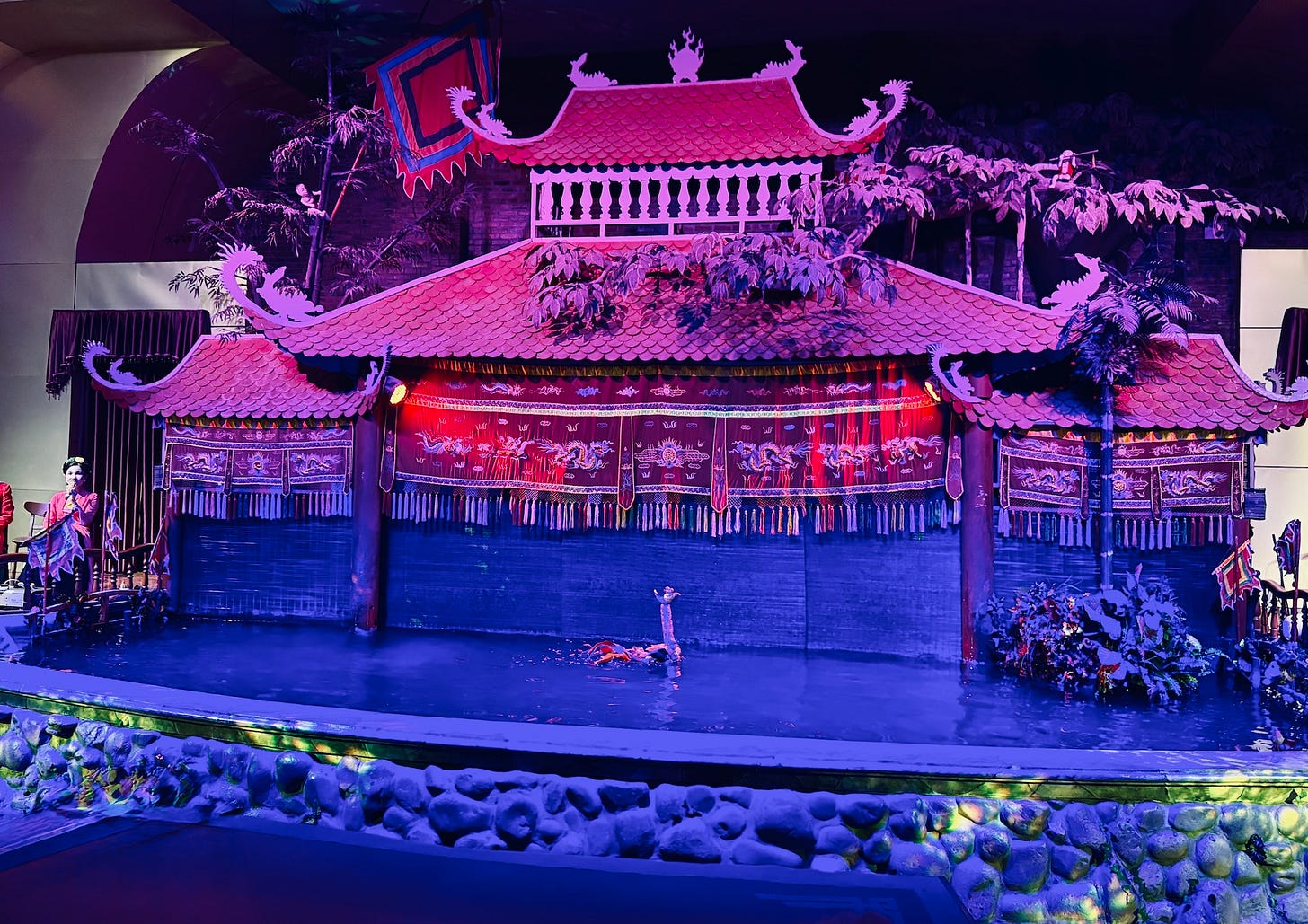
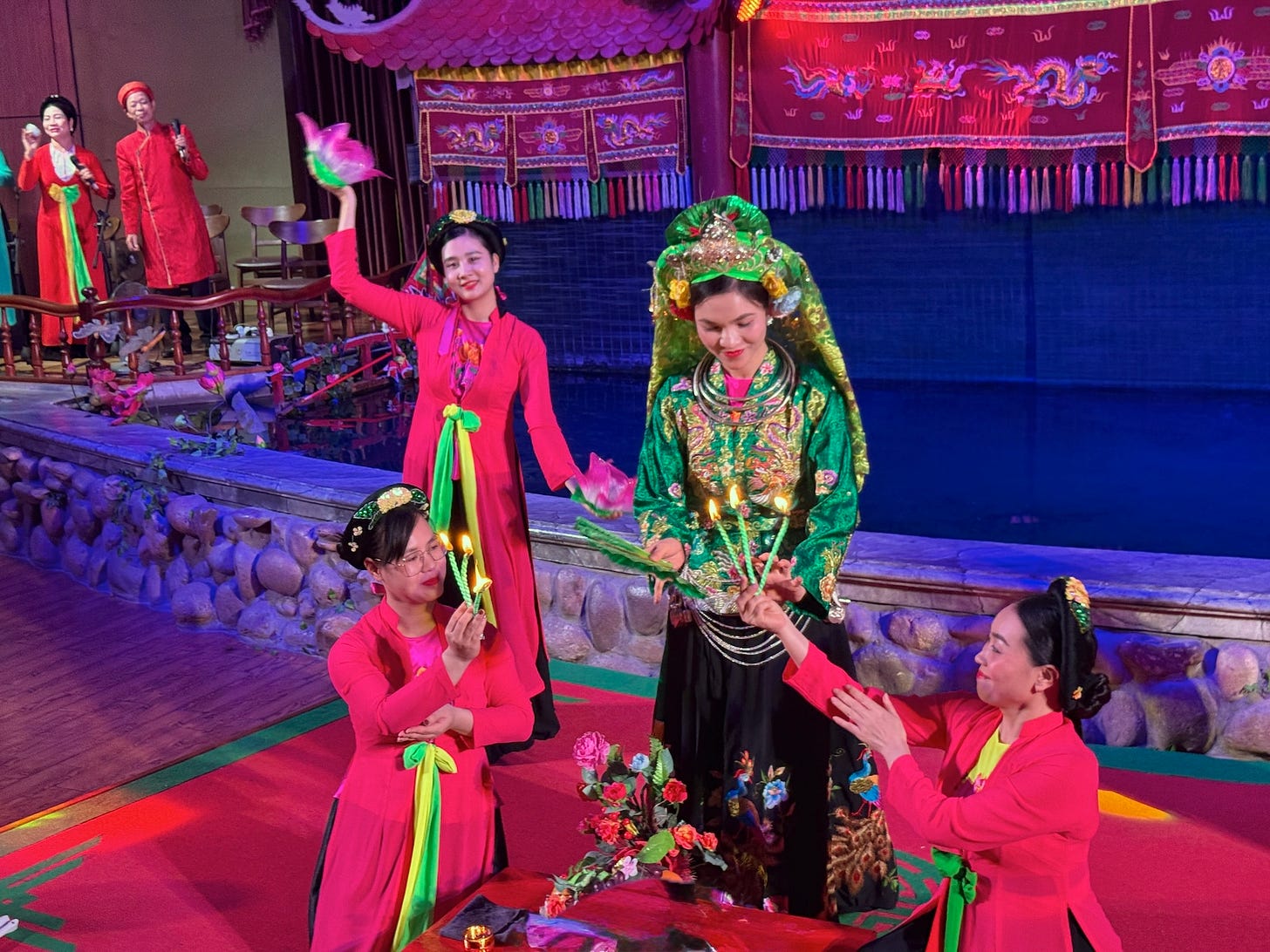
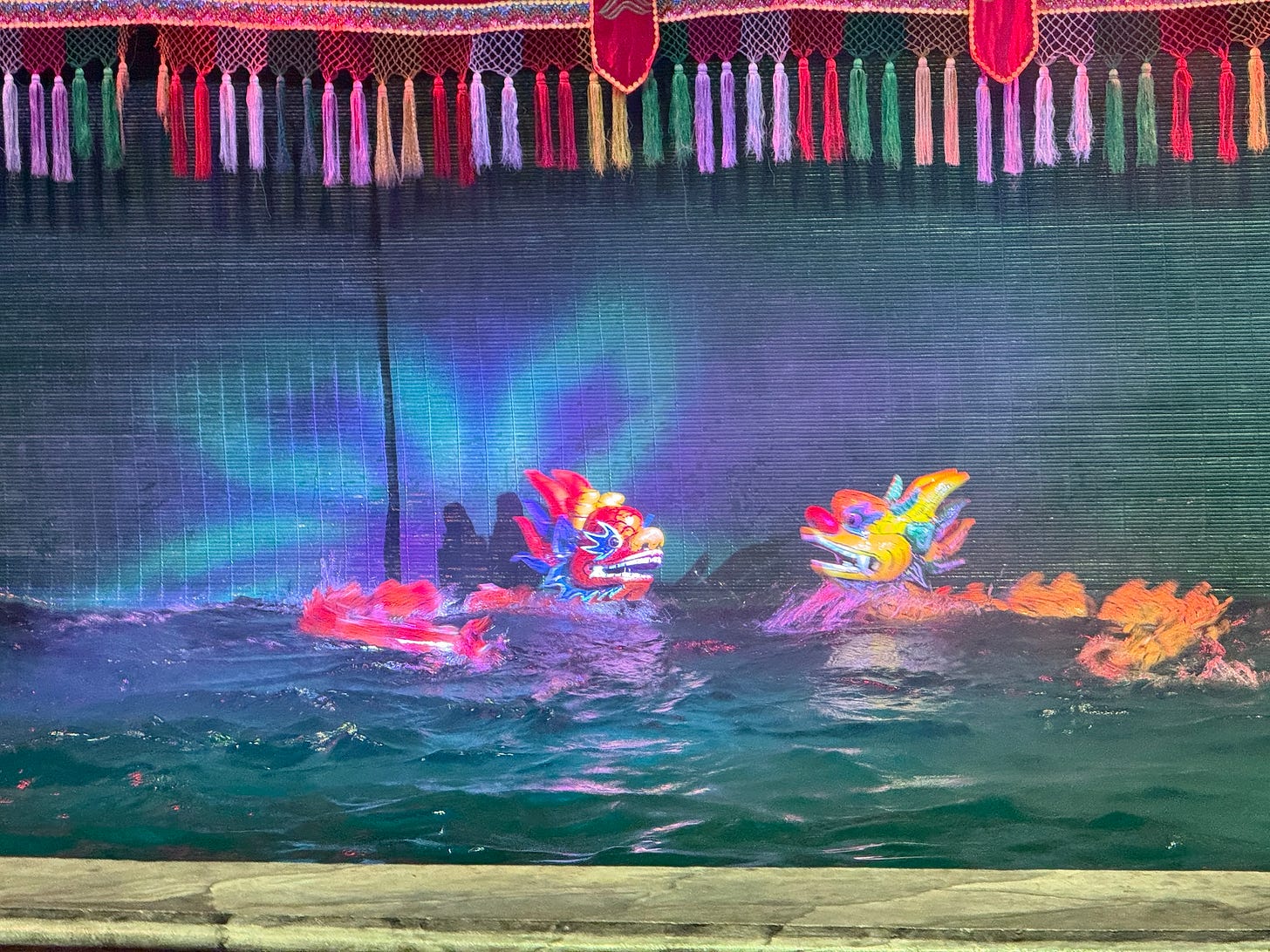


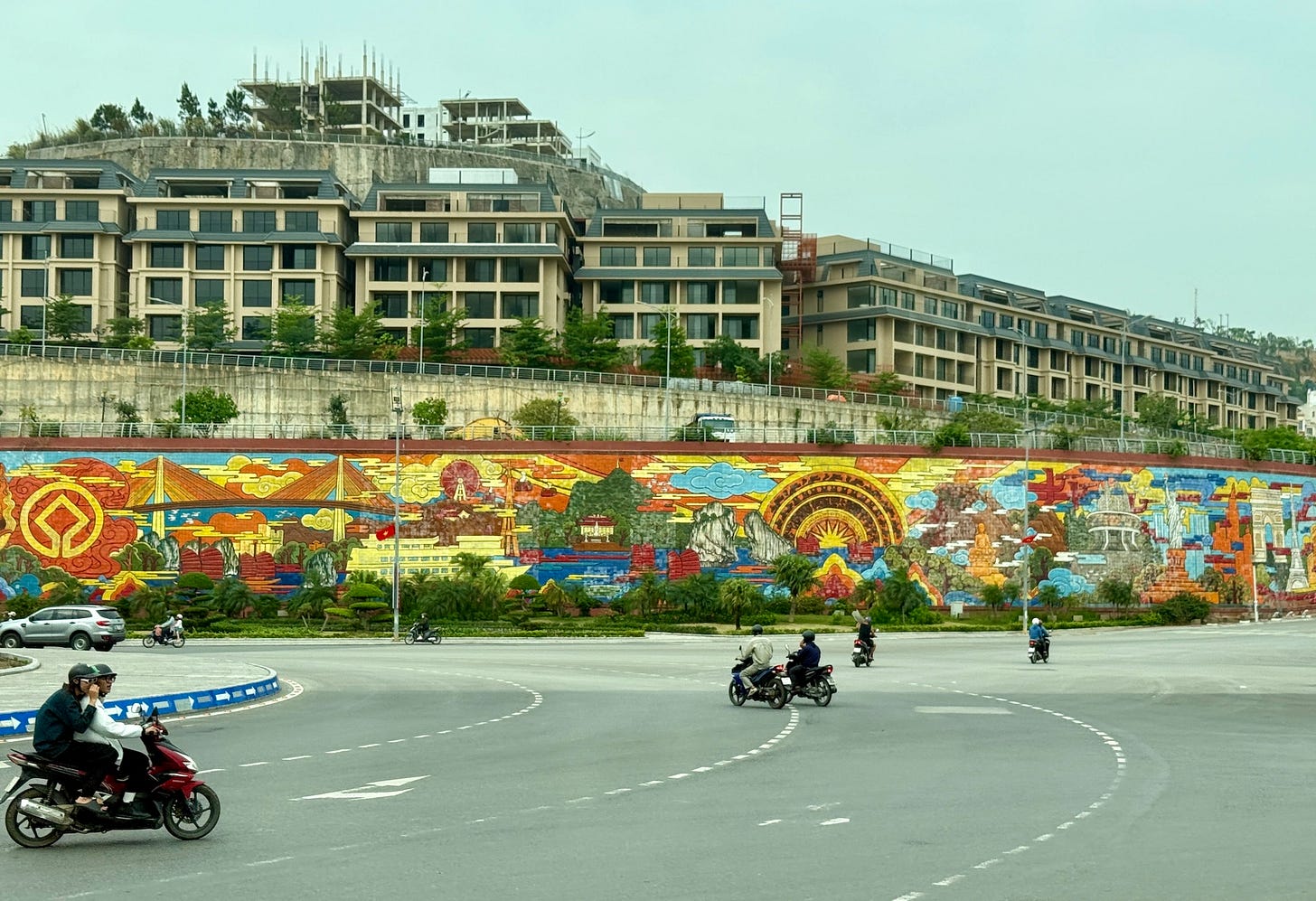

The end of the school year has taken a toll on my routine so I’m a little behind your travels now! So much fun to catch up to what you guys have been doing! What a fun day in Ha Long Bay!